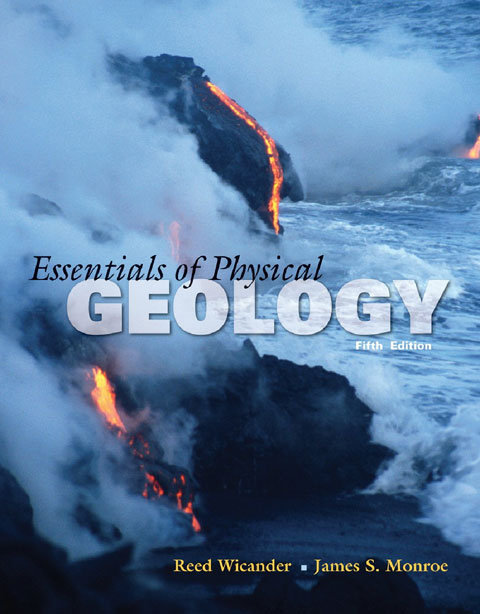
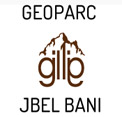
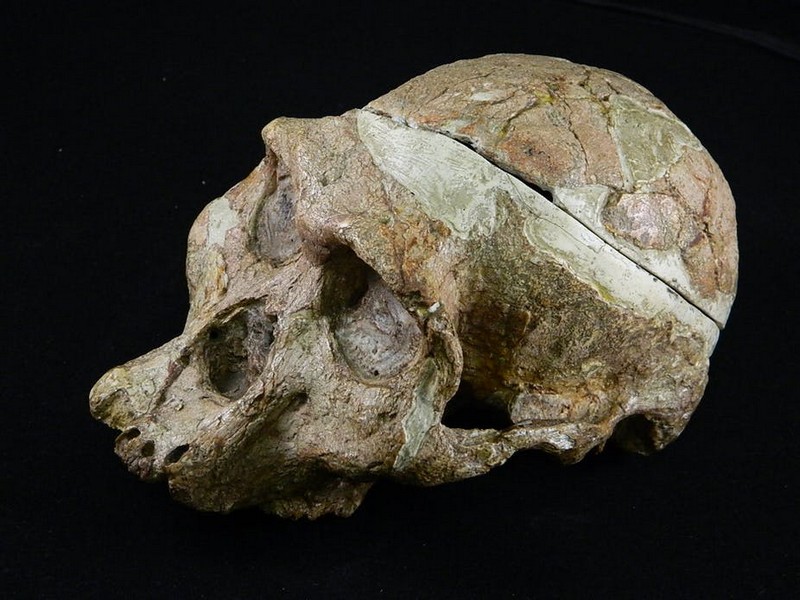
One of the world’s most famous fossil skulls, “Mrs Ples”, is actually a “Mr”
More than 70 years ago two palaeontologists named Robert Broom and John Robinson discovered a skull at the Sterkfontein Caves near Johannesburg. They nicknamed the skull, which is believed to be about 2.5 million years old, “Mrs Ples”.
Its scientific name is Australopithecus africanus, and it’s extremely significant because scientists believe it to be a distant relative of all humankind. The fossil represents part of the evidence demonstrating that Africa is the continent from which all humanity originated.
In the decades since then the skull’s sex has become the subject of some debate. Not everyone has been convinced by Broom’s insistence that “Mrs Ples” was a female of her species.
Our new research, just published in the South African Journal of Science, offers compelling proof that the naysayers were right. “Mrs” Ples was actually a “Mr”.
We discovered this by making a careful study of her tooth sockets. In many primates, males can be distinguished from females because of differences in the size of their canine teeth. Simply put, adult males have larger canines than females.
Mrs Ples’ teeth were not preserved. Her canine sockets were, and they were about the size one would expect for a female. But our study revealed that the sockets weren’t naturally that small: they’d become smaller because of acid used during work done on the skull about 60 years ago. The acid digested away parts of the skull bone around the tooth sockets.
These findings, which form part of an ongoing debate about the iconic skull’s sex, are further proof that science is a work in progress. Scientists don’t always agree, and they don’t always have the definitive answers. Sometimes it can take decades, or even centuries, to reach a resolution.
A disputed history
Soon after he and Robinson made their landmark discovery, Broom confidently claimed that Mrs Ples was female based on the size of her canine sockets. This was a visual deduction; at that time he did not have a substantial comparative sample for the species, so there was room for doubt.
Measurements of the canine socket were published in 1950 at a time when the fossils found at Sterkfontein were cleaned mechanically.
Initially, Broom used a hammer and chisel to remove the hard calcified sands that surrounded Mrs Ples in the caves. But later, in the 1960s, Robinson used acetic acid to remove further rock – and some fossils, Mrs Ples among them, were damaged in the process.
In 1983, Professor Yoel Rak from Tel Aviv challenged Broom’s opinion. He pointed out that there were prominent ridges on Mrs Ples’s snout, and argued that these were probably associated with the large roots of the canine teeth. Rak became the first to suggest that Mrs Ples ought to be called “Mr” instead.
This view was supported by subsequent research, which one of us – Francis Thackeray – was involved in.
Then opinions changed yet again. In 2012, Professor Fred Grine of the State University of New York re-examined the available evidence. He and his colleagues published an article in the Journal of Human Evolution which insisted Mrs Ples was “an adult female”. The assertion was based in part on the apparently small size of the canine tooth sockets.
A rebuttal and new measurements
The research we’ve just published is a rebuttal to Grine and his colleagues’ arguments. The heart of the issue is that they omitted to present all of the data that Broom had obtained about Mrs Ples before the teeth sockets were damaged by acid.
We compared Broom’s measurements of Mrs Ples against those obtained for about 12 other specimens of Australopithecus africanus from Sterkfontein. These including specimens that have previously been clearly identified as males or females.
Using the measurements of canine sockets from all of these specimens, we were able to show that Mrs – or rather, Mr – Ples should clearly be grouped with small males rather than with large females.
Of course, science being what it is, the debate is probably not over. We are continuing our research on “Mr Ples”, using state of the art CT scans to test our view that the skull is male. For now, and based on our careful comparative study, it seems that the human ancestor who roamed the Sterkfontein Caves so many millions of years ago and whose skull has become a scientific treasure was a male, not a female.
In the final analysis, whether Ples is a Mr or a Mrs doesn’t detract from the significance of what the skull tells us about our human ancestry.
Publié le 31/01/2018
Source Web: theconversation
Les articles en relation
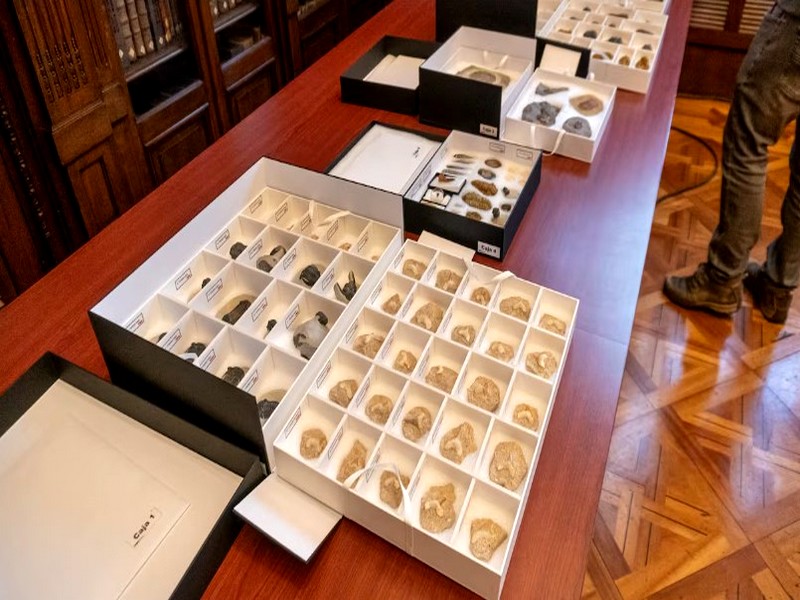
Le Chili restitue au Maroc 117 fossiles rares datant de 400 millions d'années
Le Chili restitue au Maroc 117 fossiles rares datant de 400 millions d'années Lors d’une cérémonie tenue le lundi 13 mai à Santiago, au Chili, les autorités chiliennes ont restitué
Savoir plus...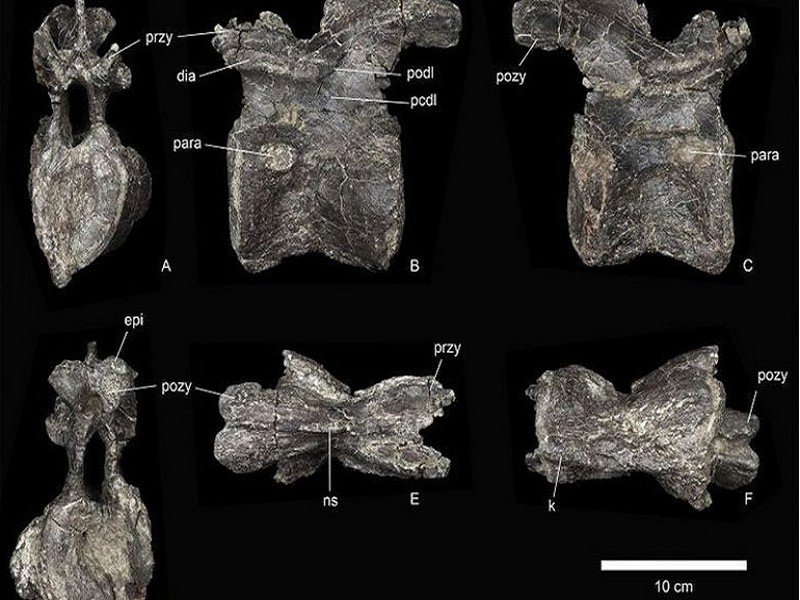
Le plus vieux des stégosaures découvert au Maroc
Le plus vieux des stégosaures découvert au Maroc Grande découverte dans les montagnes du Moyen Atlas. Des scientifiques ont pu identifier quelques vertèbres et l'os du bras supérieur d'une e
Savoir plus...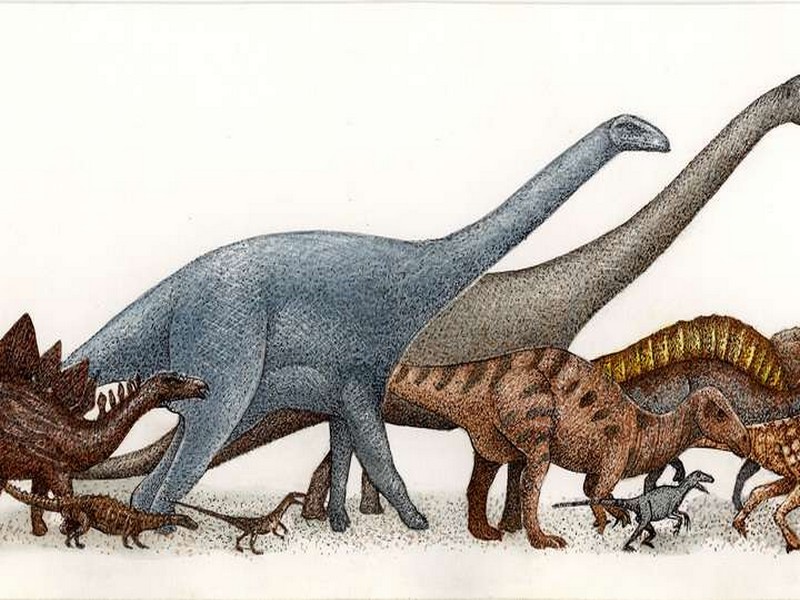
Voici Patagotitan mayorum, le plus grand de tous les dinosaures
Voici Patagotitan mayorum, le plus grand de tous les dinosaures Il y a environ cent millions d'années, dans l'actuelle Patagonie, des jeunes titanosaures vivaient dans une plaine d'inondation qui deviendra plus tar
Savoir plus...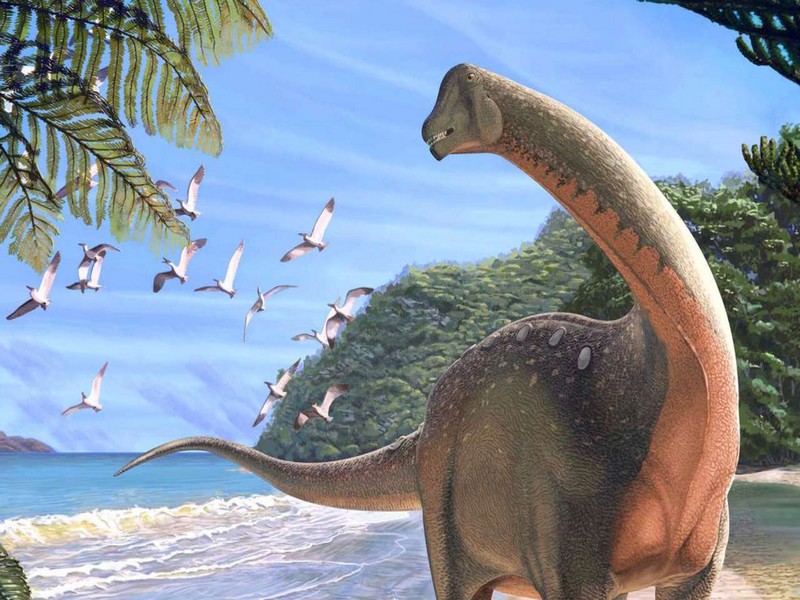
Un rare dinosaure découvert en Égypte
Un rare dinosaure découvert en Égypte Avec son long cou et sa peau parsemée de plaques osseuses, Mansourasaurus shahinae, un nouveau dinosaure découvert dans le Sahara égyptien, fait figure de &laqu
Savoir plus...
Disparition des dinosaures
Disparition des dinosaures Les dinosaures ont régné en maîtres tout au long de l’ère Secondaire, c’est-à-dire pendant 160 millions d’années. Bien sûr, au cours de cette
Savoir plus...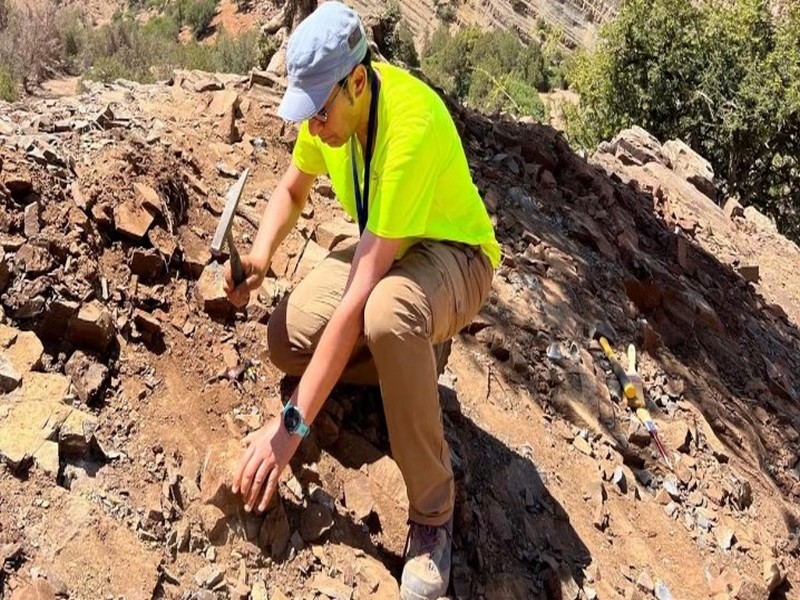
Une réplique rare de mosasaure marocain fait sensation dans un musée belge
Une réplique rare de mosasaure marocain fait sensation dans un musée belge Une réplique d’un squelette de mosasaure, un reptile marin ayant vécu durant le Crétacé supérieur, il y
Savoir plus...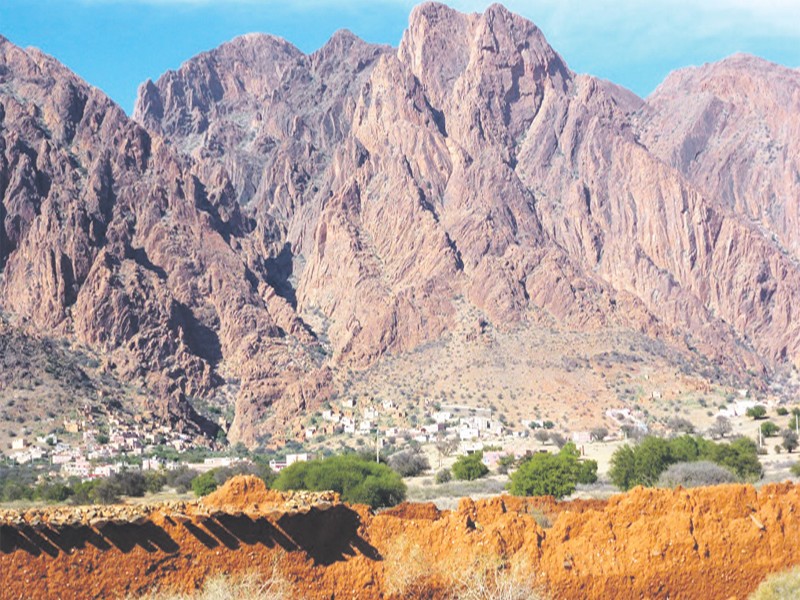
Recherche : Découverte inédite en géologie
- Le Mésoprotérozoïque était considéré comme période absente au Maroc - Un enseignant-chercheur marocain coordonne l’étude menée par une équipe internationale
Savoir plus...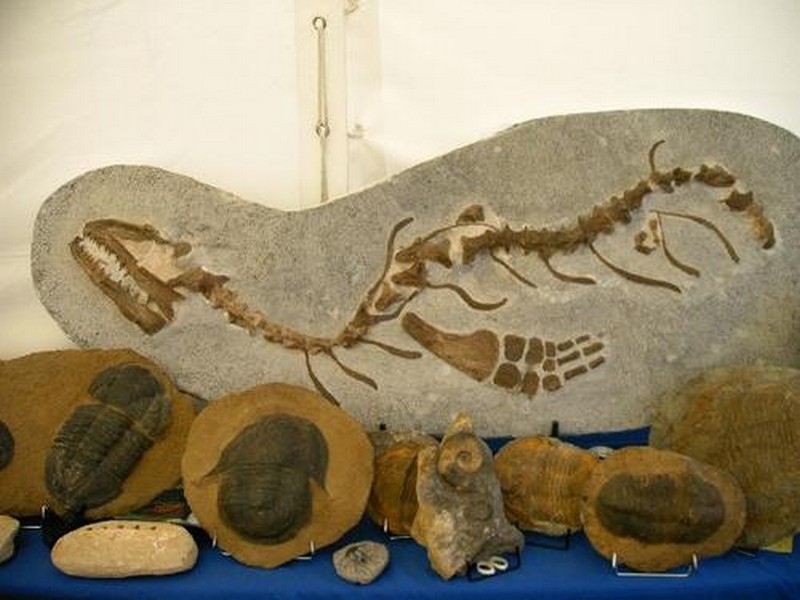
Rabat: journée nationale du patrimoine géologique du Maroc
Rabat: journée nationale du patrimoine géologique du Maroc Des experts en géologie, des universitaires et des personnalités du monde associatif ont appelé, ce mardi 14 novembre à Rabat, &agra
Savoir plus...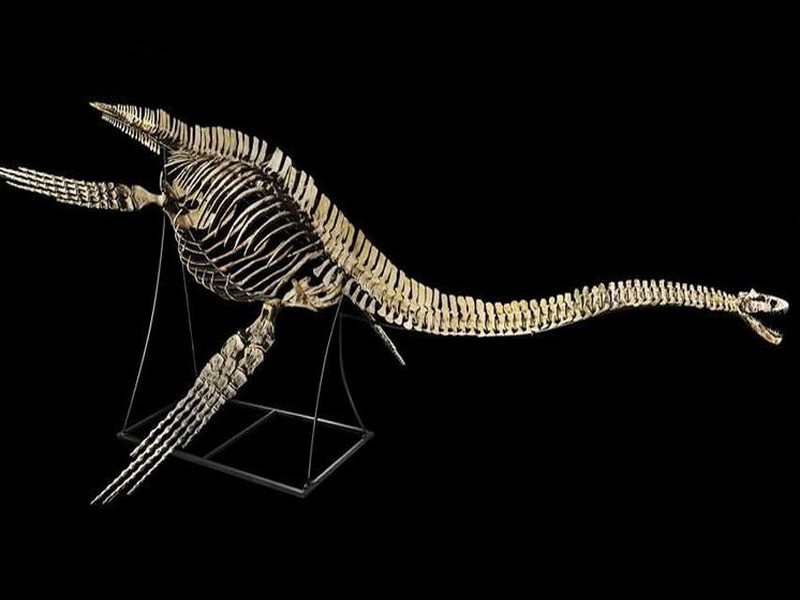
Les Douanes et les Musées s’associent pour le Patrimoine National
Les Douanes et les Musées s’associent pour le Patrimoine National A l’occasion de la Journée Internationale des Musées ce 18 mai, la Fondation Nationale des Musées (FNM) et l’Administrati
Savoir plus...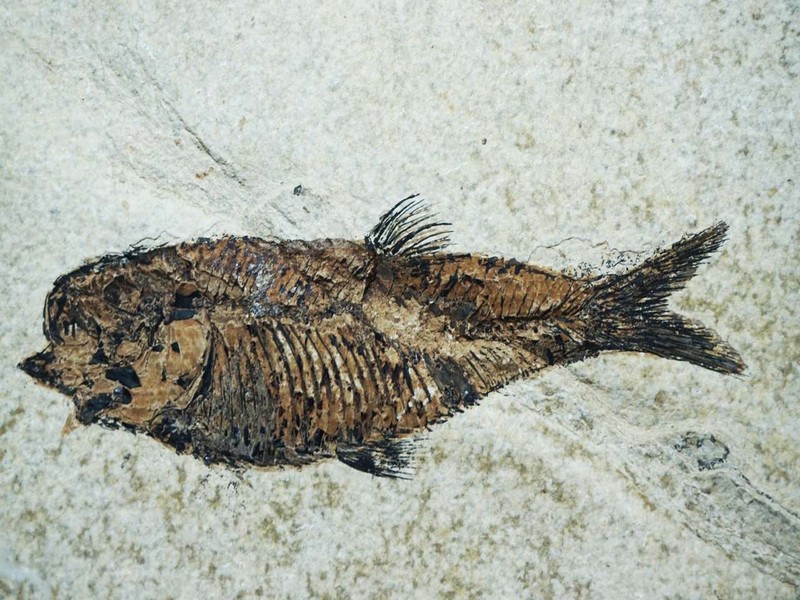
Comment se forment les fossiles ?
Comment se forment les fossiles ? Comparés aux innombrables organismes qui finissent réduits en poussière, les fossiles sont rares et donc d'autant plus précieux pour les paléontologues qui les
Savoir plus...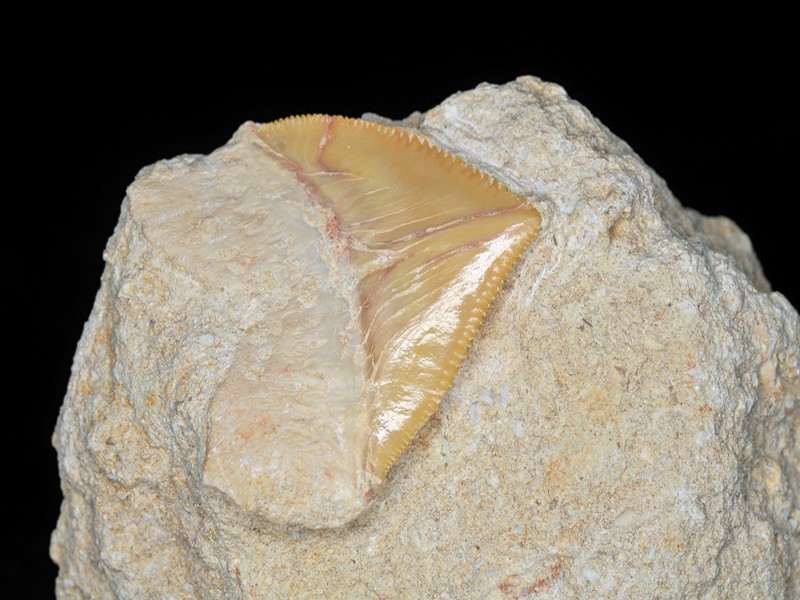
Erfoud, la cité qui fait parler les fossiles (Géoparc Jbel Bani)
Erfoud, la cité qui fait parler les fossiles (Géoparc Jbel Bani) Des centaines de variétés de fossiles y font le bonheur des amateurs et passionnés de paléontologie. Une escale par cette peti
Savoir plus...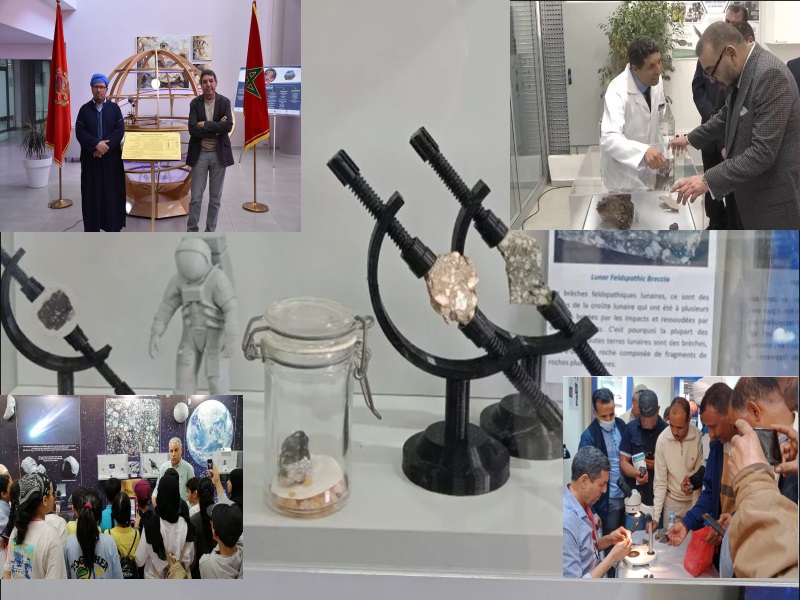
Météorites : De la fascinante « black beauty » de Tissint à l'éblouissante « green beauty » de Boujdour"
Météorites : De la fascinante « black beauty » de Tissint à l'éblouissante « green beauty » de Boujdour" En raison de ses précieuses richesses d'origine tant ter
Savoir plus...Les tags en relation
En savoir plus sur " Paléontologie et fossiles "
Consulter les vidéos de " Paléontologie et fossiles " Consulter les photos de " Paléontologie et fossiles " Consulter les publications de " Paléontologie et fossiles " Consulter les éditions de " Paléontologie et fossiles " Consulter les communications de " Paléontologie et fossiles "Recherche du site
Recherche avancée / Spécifique
Géoparc et Recherche Scientifique
Le coins de l’étudiant
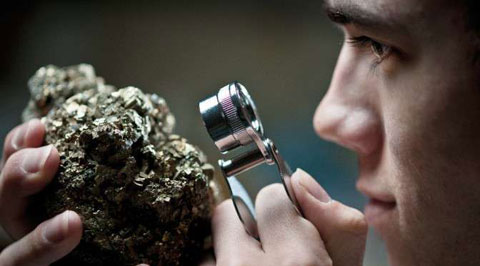

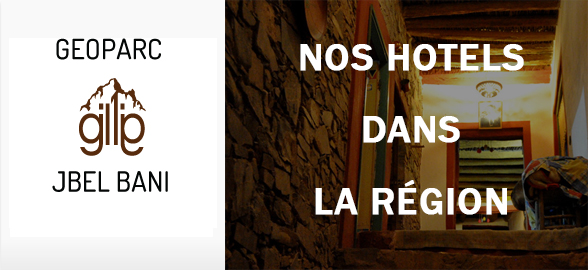
Blog Géoparc Jbel Bani
Dictionnaire scientifique
Plus de 123.000 mots scientifiques
Les publications
Géo parc Jbel Bani

Circuits & excursions touristiques
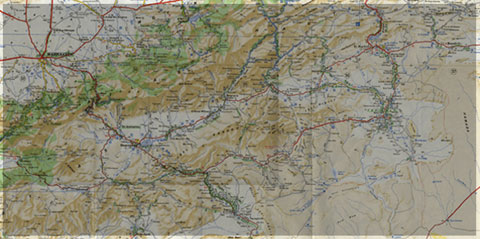
cartothéques
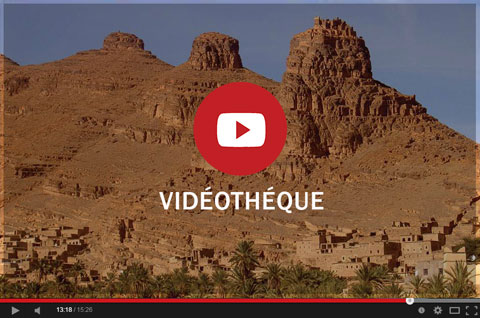
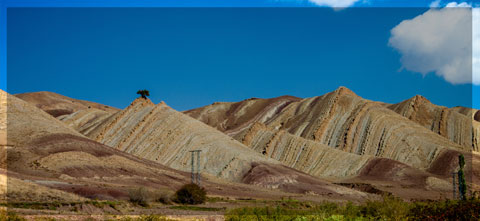
Photothéques
Publications & éditions
